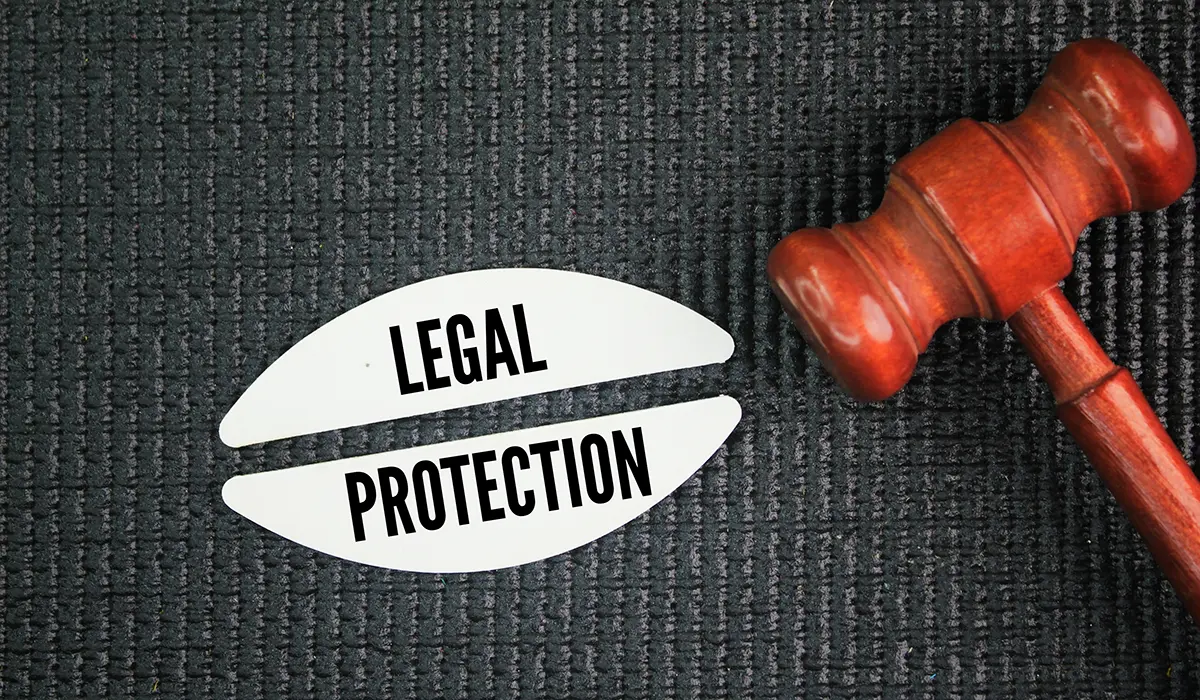Temporary vs. Permanent Injunctions: Key Differences
Injunctions are powerful legal remedies used to prevent harm or ensure compliance with the law. These court-issued orders help maintain fairness in cases where monetary compensation alone is insufficient. Two primary types of injunctions dominate the legal landscape: temporary injunctions and permanent injunctions. Understanding the differences between them is crucial for both individuals and businesses, as each serves a distinct purpose in addressing legal disputes.
This article provides a comprehensive breakdown of temporary and permanent injunctions, exploring their definitions, purposes, legal standards, and implications. Consequently, parties can make informed decisions about their legal strategies and navigate the justice system more confidently.
What Is an Injunction?
Courts may issue an injunction that either compels a party to act (mandatory injunction) or prevents them from acting (prohibitory injunction). Legal professionals typically seek these remedies in situations where actions or inactions could cause irreparable harm. Unlike monetary damages, injunctions offer preventive or corrective solutions based on fairness. Therefore, they fall under the category of equitable remedies granted at the court’s discretion.
These legal tools are commonly applied across various contexts, such as:
- Contract disputes: Preventing or enforcing specific contractual terms.
- Property disputes: Halting trespass or unlawful construction.
- Intellectual property: Protecting against copyright or trademark infringement.
- Employment law: Enforcing non-compete or non-solicitation clauses.
- Family law: Securing protection from domestic abuse or managing custody rights.
Although both types of injunctions serve to prevent harm, they operate at different stages of legal proceedings and have distinct effects.
Temporary Injunctions
A temporary injunction—also known as an interim or preliminary injunction—offers short-term protection during ongoing litigation. Courts issue these orders early in a case to prevent irreparable harm until the dispute is fully resolved. As a result, they play a critical role in emergency legal situations.
Purpose of Temporary Injunctions
Typically, temporary injunctions aim to:
- Prevent irreparable harm: Immediate action prevents irreversible consequences.
- Preserve the status quo: By freezing the situation, courts prevent unfair advantages.
- Facilitate fair adjudication: They ensure a balanced trial process without prejudicing the outcome.
Legal Standards for Temporary Injunctions
Applicants must satisfy specific legal conditions to receive temporary relief. Although these may vary, they usually include:
- Likelihood of success on the merits: The applicant must demonstrate a strong legal basis.
- Irreparable harm: Harm must be beyond the scope of financial compensation.
- Balance of equities: Courts weigh the consequences for both parties.
- Public interest: Judges may also consider broader societal implications.
Examples of Temporary Injunctions
- A business owner requests to stop an ex-employee from misusing trade secrets before trial.
- A landlord seeks to halt unapproved building work pending further proceedings.
- A domestic violence victim obtains urgent court protection through a restraining order.
However, it’s important to note that temporary injunctions are not permanent. They offer immediate but limited relief until the court delivers a final judgment.
Permanent Injunctions
Unlike temporary injunctions, permanent injunctions provide long-term solutions. Courts grant them at the end of a legal case as part of the final judgment. Therefore, they reflect a complete resolution and often impose enduring obligations on the losing party.
Purpose of Permanent Injunctions
Courts issue permanent injunctions to:
- Provide lasting relief: Addressing the underlying harm ensures continued protection.
- Enforce rights: Permanent injunctions uphold the prevailing party’s legal entitlements.
- Conclude disputes: Final rulings reduce the risk of future litigation.
Legal Standards for Permanent Injunctions
The standards for permanent injunctions are more stringent. Typically, the applicant must show:
- Success on the merits: Their claims have been legally upheld.
- Inadequacy of legal remedies: Monetary damages alone do not suffice.
- Balancing of hardships: Relief is fair and reasonable to both sides.
- Public interest: Granting the injunction aligns with societal welfare.
Examples of Permanent Injunctions
- A ruling permanently bans a business from using a competitor’s trademark.
- A court orders a property owner to cease and rectify activities deemed a nuisance.
- A party is legally compelled to dismantle an unauthorised structure on someone else’s land.
Consequently, permanent injunctions have substantial legal and practical impacts, requiring the affected parties to comply fully with court directives.
Key Differences Between Temporary and Permanent Injunctions
While both types aim to prevent harm, they differ significantly in purpose, timing, and legal effect. The table below summarises these contrasts:
Implications of Seeking an Injunction
Both remedies carry significant implications depending on the party involved:
For the Movant:
- Temporary Injunctions: Provide critical protection during litigation, but require strong justification.
- Permanent Injunctions: Offer lasting security after success in court, but demand extensive legal preparation.
For the Respondent:
- Temporary Injunctions: Can disrupt operations, even if later overturned.
- Permanent Injunctions: Impose long-term restrictions that shape future conduct.
For the Court:
Judges must carefully weigh the evidence and balance the interests of both parties. Temporary injunctions call for rapid decisions, whereas permanent ones result from detailed judicial review. Therefore, the role of the court is pivotal in ensuring justice is served effectively and equitably.
Conclusion
In summary, temporary and permanent injunctions serve distinct roles in the legal process. Temporary injunctions offer short-term protection during litigation, while permanent ones enforce enduring solutions after a final ruling. Each remedy contributes to preventing harm, protecting rights, and upholding fairness.
Those considering an injunction should consult legal professionals who can provide strategic advice, prepare compelling arguments, and guide them through procedural complexities. Ultimately, proper use of injunctions helps individuals and businesses secure timely and just outcomes.
For more information on Permanent Injunctions vs Temporary Injunctions, contact Blake-Turner LLP.
